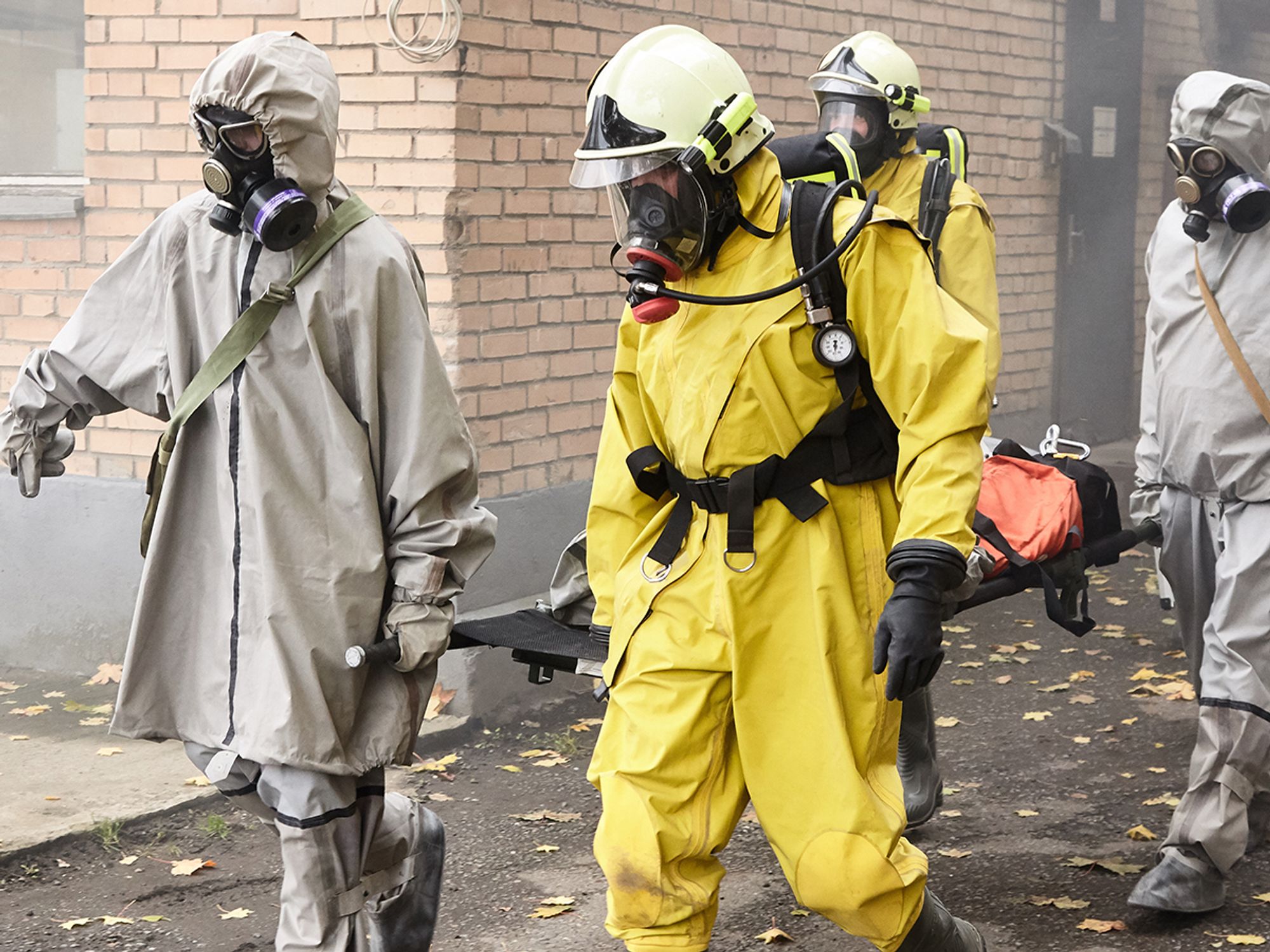Exposure routes

- The most common exposure route is inhalation, but others include skin/eye contact, ingestion, and injection via puncture wounds.
Inhalation
One important exposure route is inhalation. The majority of toxic substances enter the body through breathing. That’s because the lungs are extremely vulnerable to chemical agents. Even substances that do not directly affect the lungs may pass through lung tissue into the bloodstream, where they are transported to other vulnerable areas of the body.
Some toxic chemicals present in the atmosphere may not be detected by human senses — they may be colorless and odorless, and their toxic effects may not produce any immediate symptoms. Respiratory protection is therefore extremely important if there is a possibility that the worksite atmosphere may contain such hazardous substances.
Chemicals can also enter the respiratory tract through punctured eardrums. Where this is a hazard, workers with punctured eardrums should be medically evaluated to determine if this condition would place them at unacceptable risk and preclude their working at the task in question.
Skin/Eye contact
Direct contact of the skin and eyes with hazardous substances is another important route of exposure. Some chemicals directly injure the skin. Some pass through the skin into the bloodstream, where they are transported to vulnerable organs. Skin absorption is enhanced by abrasions, cuts, heat, and moisture.
The eye is particularly vulnerable because airborne chemicals can dissolve in its moist surface and be carried to the rest of the body through the bloodstream (capillaries are very close to the surface of the eye). Wearing protective equipment, not using contact lenses in contaminated atmospheres (since they may trap chemicals against the eye surface), keeping hands away from the face, and minimizing contact with liquid and solid chemicals can help protect workers against skin and eye contact.
Ingestion
Although ingestion should be the least significant route of exposure, it is important to be aware of how this type of exposure can occur. Deliberate ingestion of chemicals is unlikely. However, personal habits such as chewing gum or tobacco, drinking, eating, smoking cigarettes, or applying cosmetics on the jobsite may provide a route of entry for chemicals.
Injection
The last primary route of chemical exposure is injection, whereby chemicals are introduced into the body through puncture wounds (for example, by stepping or tripping and falling onto contaminated sharp objects). Wearing safety shoes, avoiding physical hazards, and taking common-sense precautions are important protective measures against injection.
